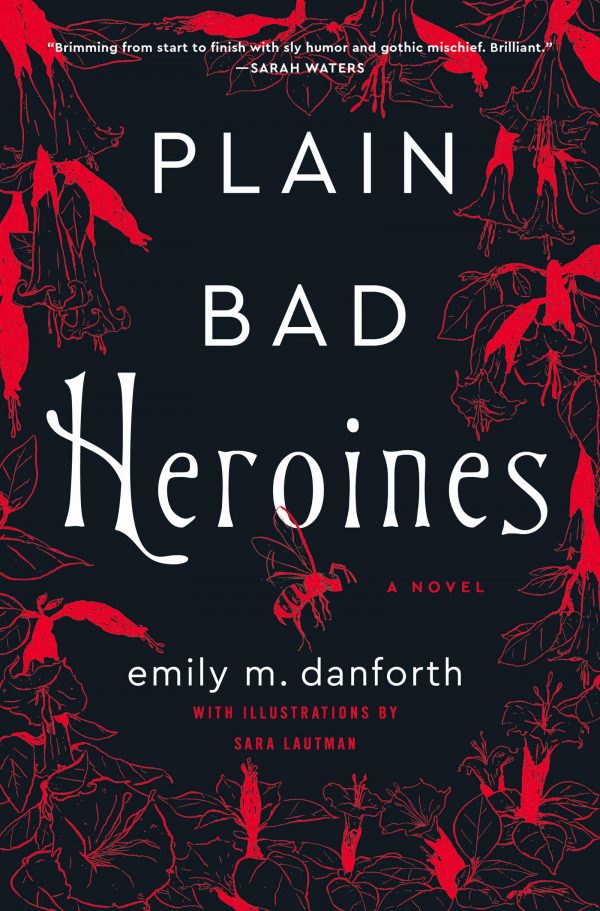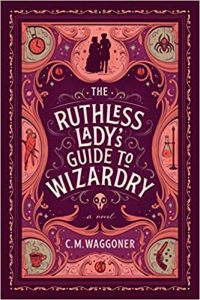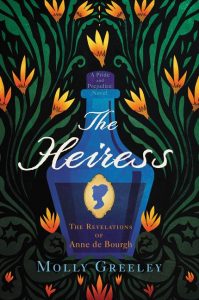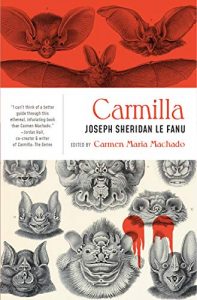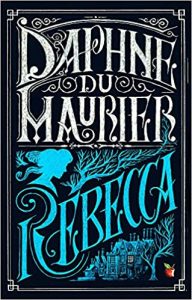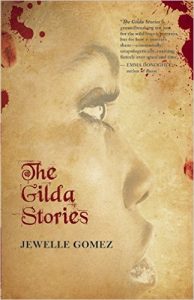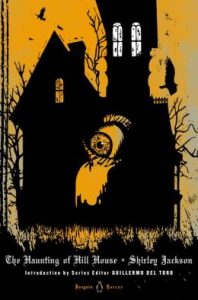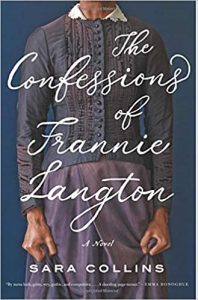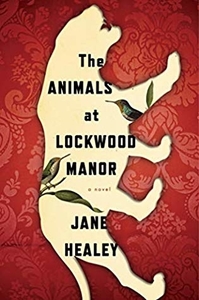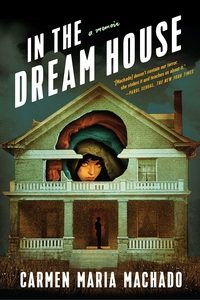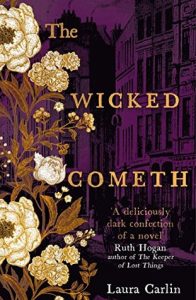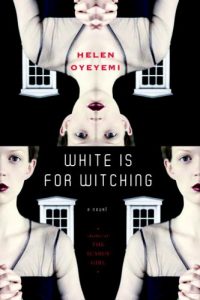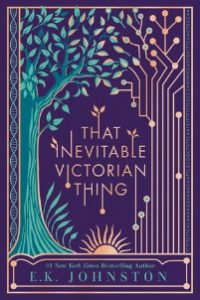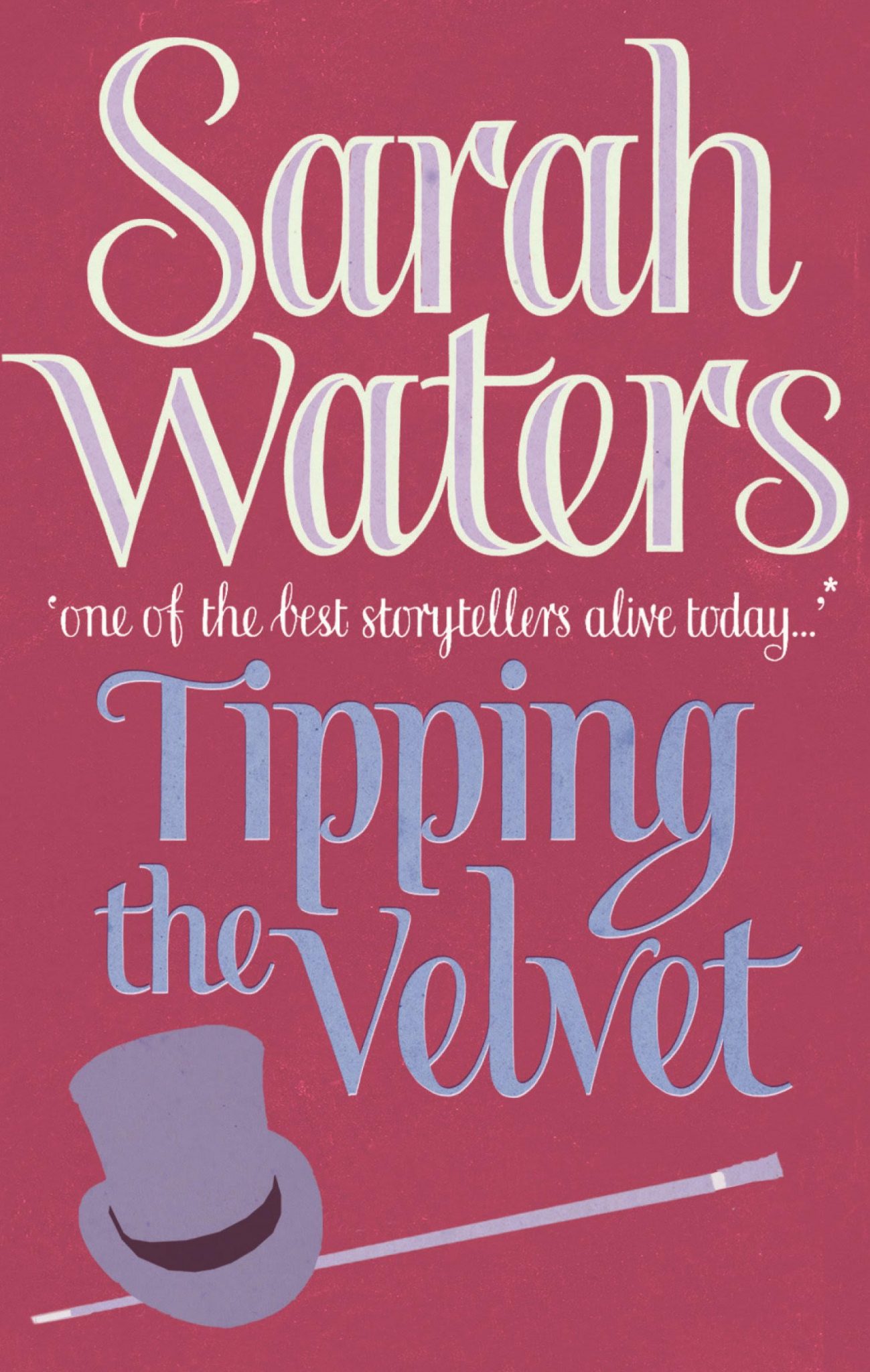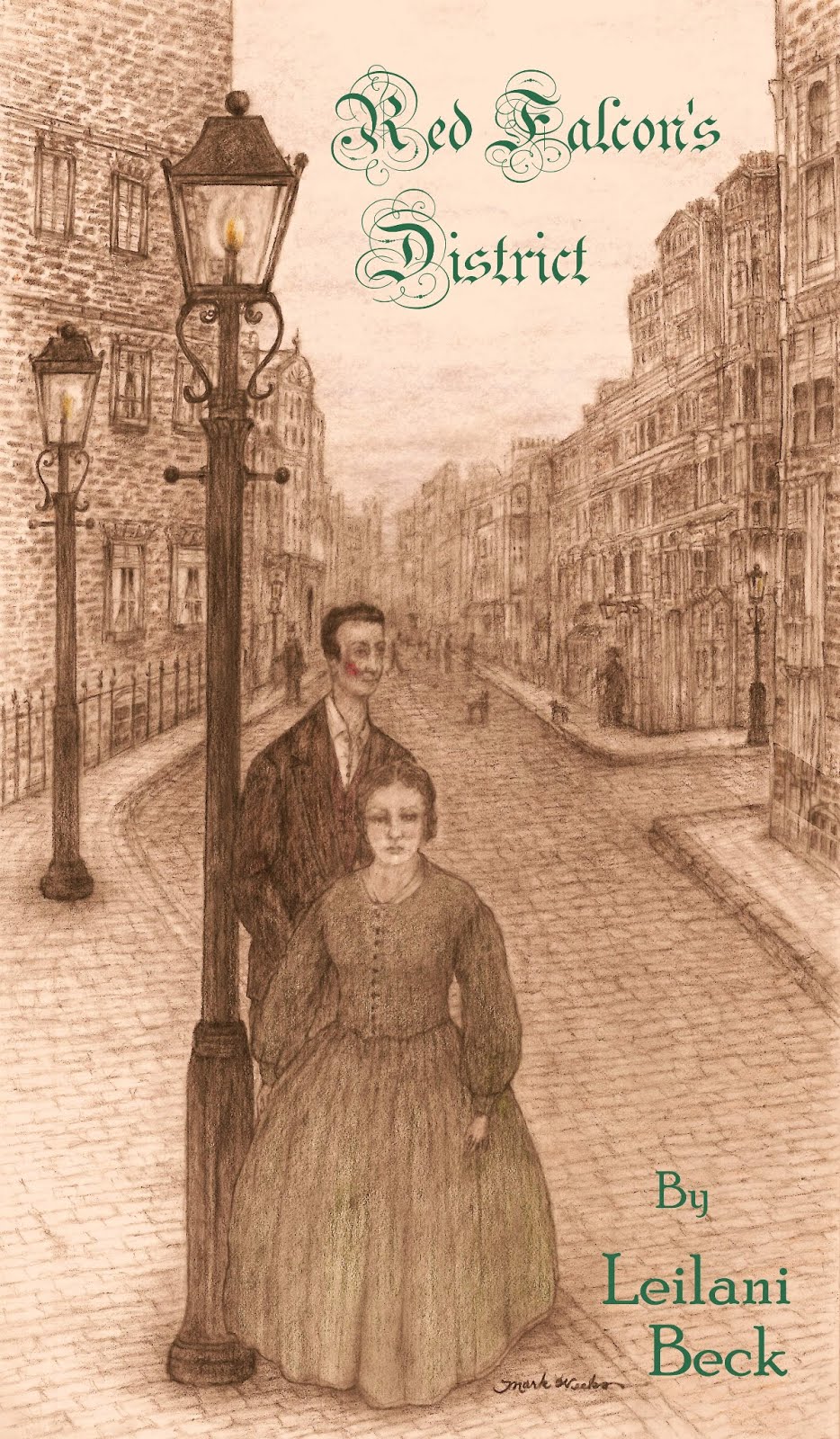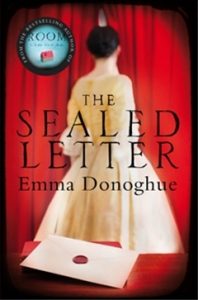
Amazon Affiliate Link | Bookshop.org Affiliate Link
Emma Donoghue is one of my favourite lesbian writers, and one of my favourite genres is historical biographical fiction. Donoghue’s The Sealed Letter (2009) is a masterfully paced, well-plotted literary novel with a lesbian twist. And it’s based on real events!
The Sealed Letter is told from three perspectives. The first is Emily “Fido” Faithfull’s. She’s a spinster and an early suffragette living in Victorian England. When her estranged friend, Helen Codrington, returns from India with a reasonable explanation as to her absence, Fido is once again drawn behind the curtain into the sordid details of Helen’s marriage, her husband’s aloofness, and Helen’s own affairs with army officers. While Fido tries to help her friend without soiling her own reputation in the process, things are not as simple as they seem, and as Helen’s divorce case moves to the public forum of the courtroom and Helen’s husband and Fido discover more of the truth, more than one secret will come to light. Based on the real events of the Codrington Divorce Case in the 1860s, Donoghue’s novel is neo-Victorianism at its best.
As always with Donoghue’s historical biographical fiction, I found myself enthralled with her writing. For anyone interested in the nineteenth century and historical fiction generally, Donoghue’s voice clearly inhabits the period, and her characters are always so vivid and clearly differentiated. This was the case in The Sealed Letter. With a cast of three primary actors who are all moving in disparate directions with conflicted desires and motives, the power of the novel is in its intrigue and in the questions that arise from long-ago friendships. Donoghue is an expert at clarifying a subtly queer undercurrent that draws on historical ideas around women’s relationships, as well as modern understandings of what some of those women might have truly meant to one another.
Although this book’s plot might seem rather straightforward, there are a number of twists and turns that kept me guessing until the very end. I had a hard time putting this one down, and, as always, Donoghue’s afterword provided brilliant insight into the real people she has made characters of in the book.
If you’re a fan of Donoghue, queer historical fiction, or courtroom dramas, The Sealed Letter is the book for you!
Please visit Emma Donoghue on Twitter or on her Website, and put The Sealed Letter on your TBR on Goodreads.
Content Warnings: Trauma, emotional abuse, verbal abuse.
Rachel Friars is a writer and academic living in Canada, dividing her time between Ontario and New Brunswick. When she’s not writing short fiction, she’s reading every lesbian novel she can find. Rachel holds two degrees in English literature and is currently pursuing a PhD in nineteenth-century lesbian literature and history.
You can find Rachel on Twitter @RachelMFriars or on Goodreads @Rachel Friars.

